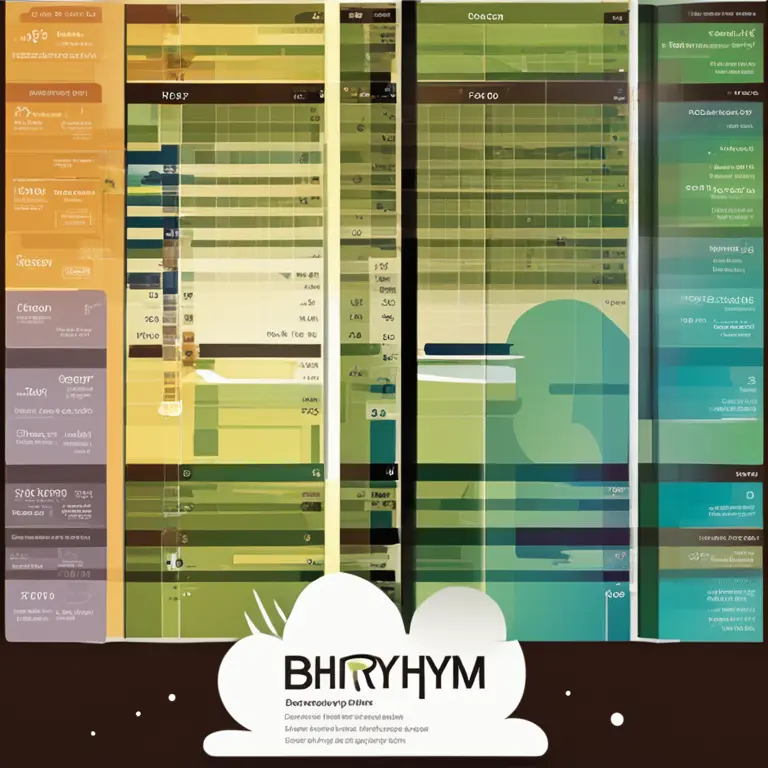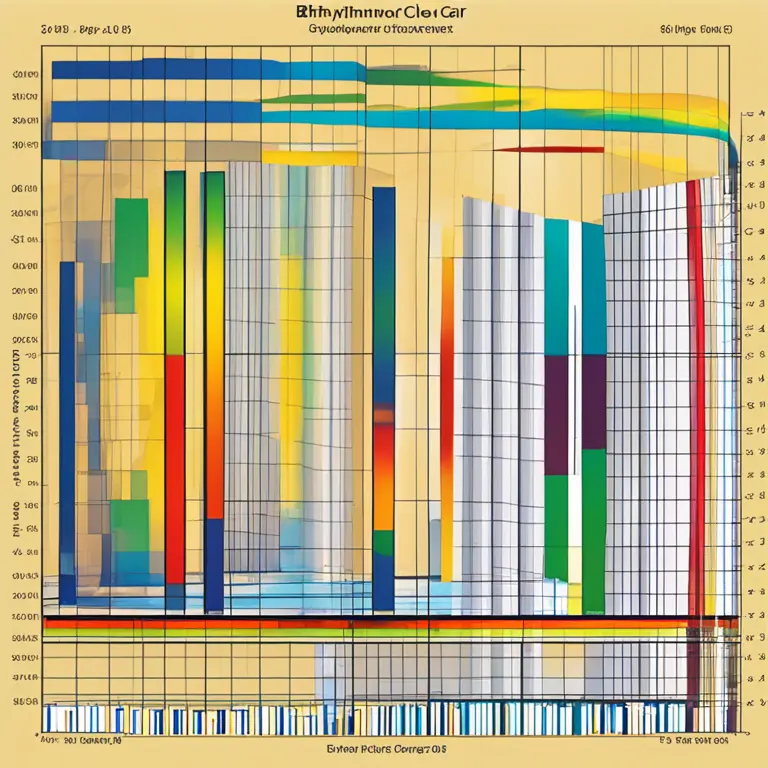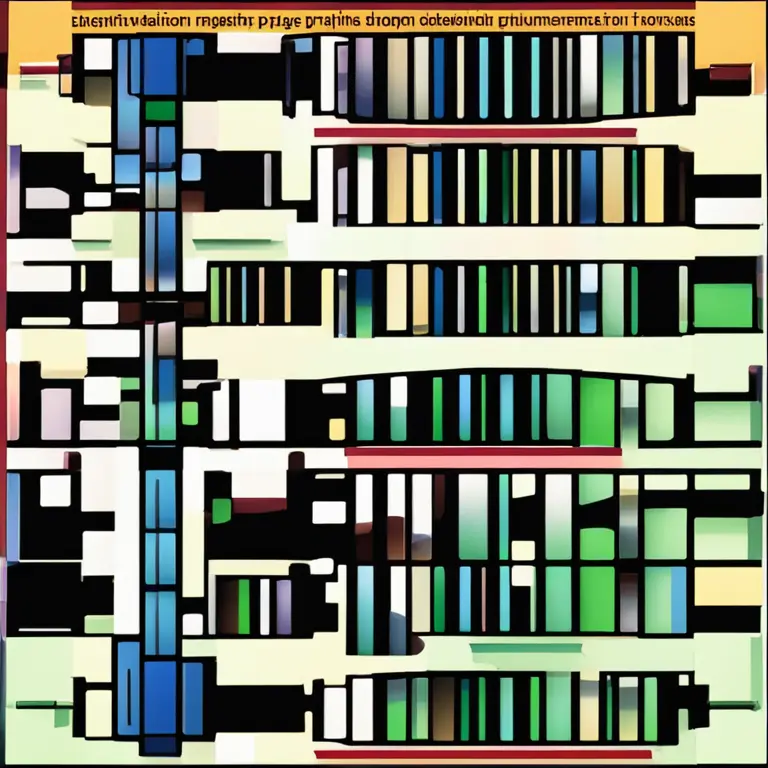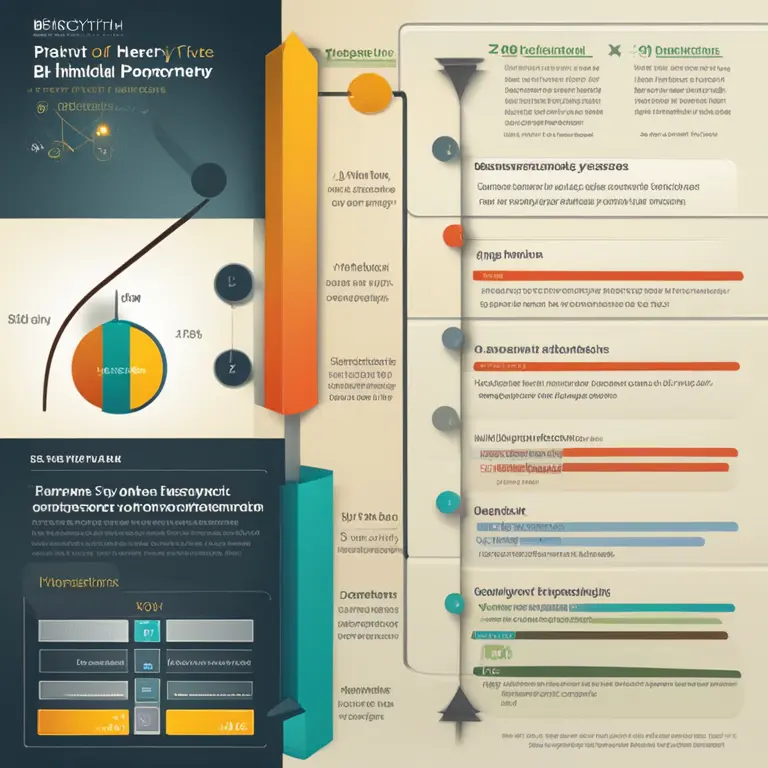
Mastering Biorhythm for Personal Insight
Discover the art of biorhythm to tune into your physiological and emotional cycles for enhanced well-being and decision-making.
article by Adrian Wallace
The Basics of Biorhythm Theory
Biorhythm theory emerged in the late 19th century, and it posits that our lives are influenced by rhythmic biological cycles. Advocates of biorhythm suggest that three primary cycles—a physical, an emotional, and an intellectual cycle—affect our daily functions. The physical cycle, lasting 23 days, influences strength, coordination, and well-being. The emotional cycle, which spans 28 days, impacts mood, creativity, and perception, while the 33-day intellectual cycle governs reasoning, logic, and alertness. By understanding these cycles, individuals can potentially synchronize their activities with their biorhythms, enhancing productivity and well-being.

Charting Your Biorhythms
To start utilizing biorhythms, you must chart your cycles. Many online calculators and mobile apps available in 2024 make this simpler than ever. By entering your birth date, you can generate a biorhythm chart that depicts your three cycles. The chart typically presents sine wave-like patterns to represent the ebb and flow of each cycle. When the curve is above the midline, you are said to be in a high or positive phase; when below, you're in a low or negative phase. On the midline, you're transitioning between phases, which can be critical days of vulnerability and adjustment.

Applying Biorhythms to Daily Life
Once you have your biorhythm chart, you can apply the insights to your daily life. For instance, if your physical cycle is at a peak, it could be an excellent day for demanding physical activities or starting a new workout routine. Conversely, if your emotional cycle is low, it might be prudent to avoid emotionally taxing situations. The intellectual cycle at a high point suggests a good time for solving complex problems or learning new skills. Aligning your tasks with these cycles could potentially lead to enhanced efficiency and emotional balance.

Biorhythm and Decision Making
Significant decisions can also be informed by biorhythms. Planning big events, taking exams, or scheduling interviews might be more auspicious during high phases of the relevant cycles. During low phases, it's advisable to be more cautious, to reflect rather than to act impulsively. The theory goes that by adhering to the phases of your biorhythm, you can undertake actions at the most opportune times, thus optimizing outcomes.

Healthy Skepticism and Biorhythm Research
It's important to approach biorhythms with healthy skepticism, as scientific consensus on their efficacy is still debated. Current research into chronobiology lends some credibility to the notion that we operate on various internal clocks. However, empirical evidence specifically supporting biorhythm predictions is less substantial. As a modern user of biorhythm theory, staying informed and critical about the research will help you use biorhythms as a personal tool without overreliance on their predictions.
Integrating Biorhythms and Wellness
The greatest potential of biorhythm theory may lie in its integrative approach to wellness. By becoming more attuned to natural cycles, practitioners report greater self-awareness and a sense of harmony with the ebbs and flows of their physiological and emotional states. Whether biorhythm charts influence decision-making or simply promote mindfulness, they can be a valuable piece of a broader wellness puzzle. Including meditation, healthy dieting, and exercise, biorhythm monitoring can encourage a holistic view of health.
Published: 1/30/2024
Modified: 1/30/2024
More predictions
Come back here soon to learn more about yourself and your future


The Rhythms Within: An Insight into Biorhythms
Discover the science and philosophy behind biorhythms, the cyclical patterns our bodies follow, in connection with our physical, emotional, and intellectual states.


Sync Your Cycles for Harmony With Biorhythms
Delve into the synchronization of personal biorhythms to enhance relationship compatibility and understand its role in fostering deeper connections.


The Rhythms Within Science: A Guide to Biorhythms
Delve into the science of biorhythms to grasp how the physiological cycles influence our lives. This guide breaks down the complexity of biorhythmic patterns.